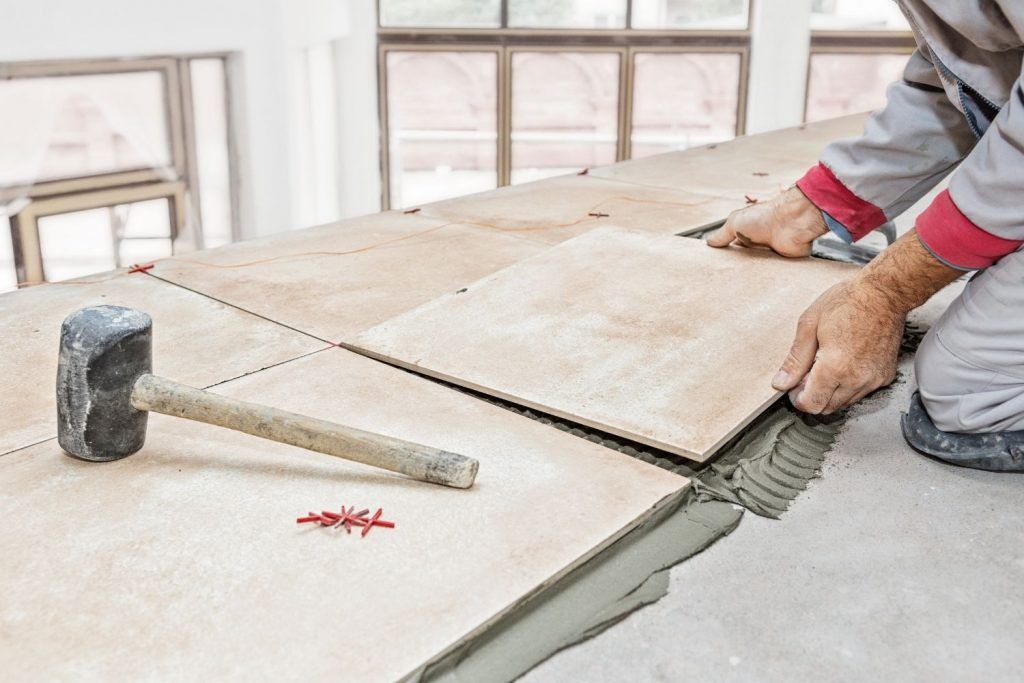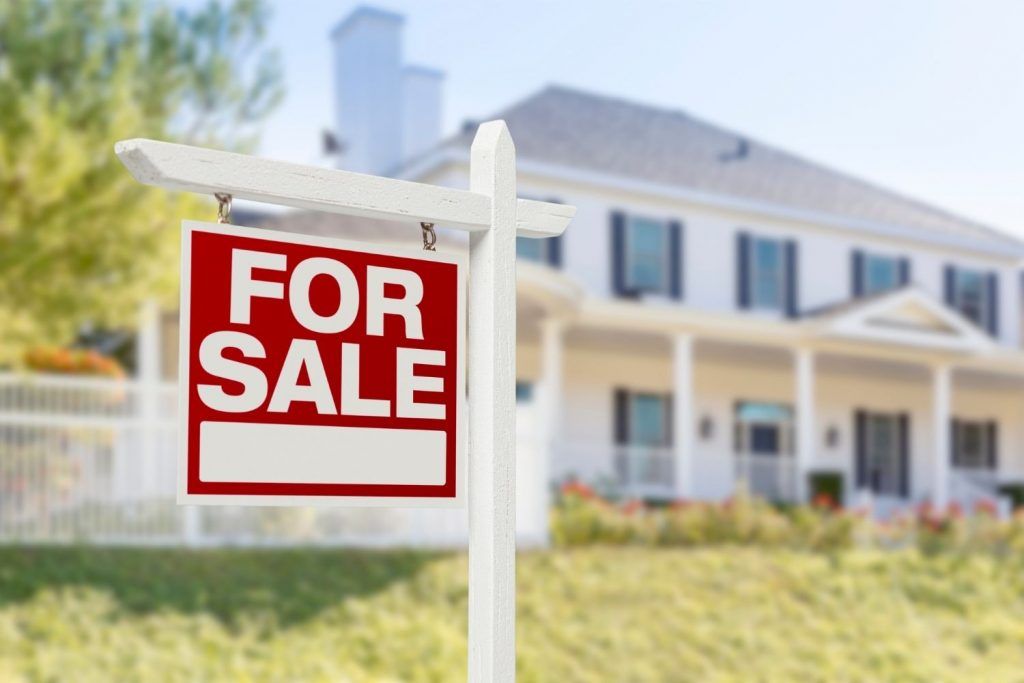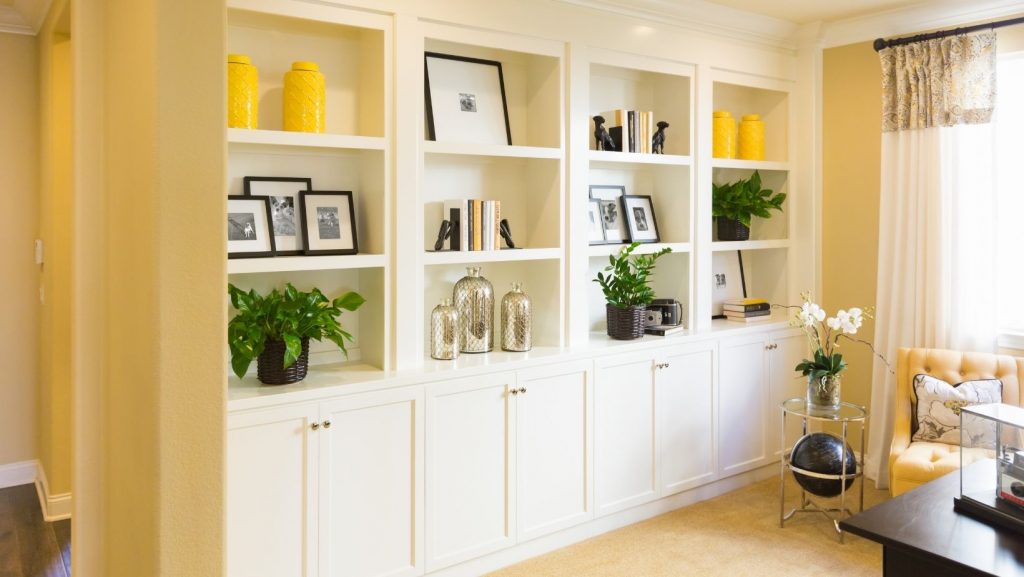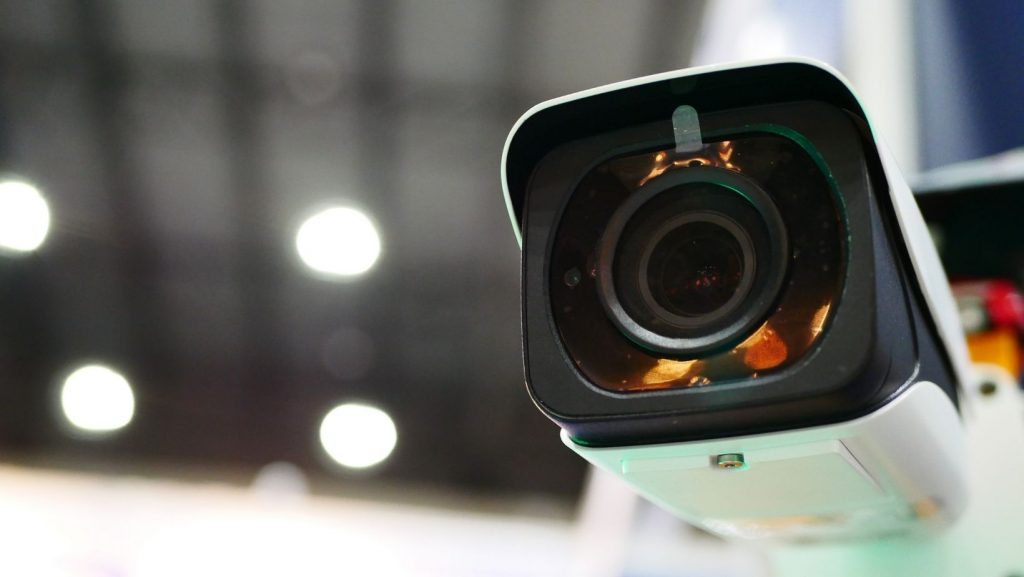If you’ve ever experienced the convenience of asking a virtual assistant to play your favorite music, or appreciated the security of controlling your home’s lights while on vacation, then you’ve already tasted the benefits of smart home technology. In this blog post, we’ll take you on a guided tour through the exciting world of smart homes, helping you understand how to upgrade your house, step by step.
What is a Smart Home?
A smart home uses internet-connected devices to enable the remote monitoring and management of appliances and systems, such as lighting and heating. Smart home technology, also often referred to as home automation or domotics, provides homeowners security, comfort, convenience, and energy efficiency by allowing them to control smart devices through a smartphone app or other networked device.
Benefits of Upgrading to a Smart Home
- Convenience: Control multiple devices and appliances from one place, using a smartphone, tablet, or smart speaker.
- Energy Efficiency: Automate the functioning of lights, thermostats, and water heaters to save energy and reduce utility bills.
- Security and Surveillance: Monitor your home in real-time with smart cameras and alarm systems, and control access with smart locks.
- Comfort and Entertainment: Enjoy automated entertainment systems, and create the perfect ambiance with smart lighting and temperature control.
How to Upgrade Your House to a Smart Home
Step 1: Assess Your Needs
Upgrading your home into a smart home can be an exciting endeavor, but it can also feel overwhelming with the multitude of options available in the market. That’s why the first and most crucial step is assessing your needs. This involves understanding your lifestyle, requirements, and budget. Here are some key areas to consider:
Comfort and Convenience
One of the most significant benefits of smart home technology is the added convenience it brings to your everyday life. If this is your primary motivation, consider the following:
- Smart Speakers and Virtual Assistants: Devices like Amazon Echo or Google Nest Hub integrate with your other smart devices, allowing you to control them through voice commands or a single app.
- Smart Lighting: Automated lighting systems like Philips Hue allow you to adjust your lighting based on time of day, activity, or even mood.
- Smart Thermostats: Devices like Nest Learning Thermostat or Ecobee SmartThermostat adjust your home’s temperature based on your patterns and preferences, offering you optimal comfort.
Energy Efficiency
If your primary goal is to reduce energy consumption and utility costs, the following devices should be your priority:
- Smart Thermostats: As mentioned above, smart thermostats not only provide comfort but also optimize energy use, adjusting your home’s heating and cooling in response to your habits and the weather.
- Smart Plugs: Devices like TP-Link’s Kasa Smart Plugs can monitor energy usage and allow you to turn off appliances remotely, helping prevent unnecessary power consumption.
- Smart Lights: Smart LED bulbs consume less energy than traditional bulbs and can be programmed to turn off when not in use.
Safety and Security
If enhancing the security of your home is a primary concern, these devices will be key to your smart home upgrade:
- Smart Security Cameras: Devices like the Arlo Pro series or Ring’s security cameras offer real-time surveillance of your home, which you can monitor from your smartphone.
- Smart Doorbells and Locks: Video doorbells like Ring Video Doorbell Pro allow you to see and talk to whoever is at your door, even when you’re not home. Smart locks like August Smart Lock can let you control access to your home remotely.
- Smart Smoke and Carbon Monoxide Detectors: Devices like Google Nest Protect can send alerts to your phone in case of a fire or carbon monoxide leak.
Budget
While smart home devices can save you money in the long run, they require an initial investment. You need to evaluate your budget and prioritize devices that offer the best return on investment (ROI) based on your specific needs.
By properly assessing your needs, you can strategically upgrade your home to a smart home, ensuring that your investment in smart technology enhances your lifestyle, offers you convenience, saves you money, and provides peace of mind.
Step 2: Choose Your Virtual Assistant
Selecting a central platform for managing your smart home is crucial. The major players in this space are Amazon’s Alexa, Google Assistant, and Apple’s Siri. Each platform has its own strengths and weaknesses, and your choice will influence the compatibility of other smart devices.
Step 3: Begin with Essential Smart Devices
Start your smart home journey with essential devices like smart speakers, thermostats, light bulbs, and smart plugs. These devices are relatively inexpensive and easy to install. Plus, they provide immediate benefits, making your everyday life more comfortable and convenient.
Step 4: Add Security Devices
Once you have the basics set up and you’ve become accustomed to operating your smart devices, it’s time to consider integrating security devices. Home security is one of the most impactful benefits of smart technology, giving you peace of mind by allowing you to monitor and secure your home, whether you’re in the next room or across the globe.
Let’s delve into the primary smart security devices that you might consider integrating into your home:
Smart Security Cameras
Smart security cameras are a major step towards securing your home. These cameras can send you real-time video feed of your home directly to your smartphone or tablet, allowing you to monitor your home from anywhere. They can also send you alerts when they detect movement. Some cameras even offer features like facial recognition, night vision, and integration with other smart devices.
Prominent examples include the Arlo Pro series, Google Nest Cam, and Ring security cameras. Depending on your requirements, you can opt for either indoor or outdoor models, or a combination of both.
Smart Doorbells
Smart doorbells are another layer of security that you can add to your home. These devices, such as the Ring Video Doorbell and Google Nest Hello, combine the functionality of a doorbell and a security camera.
When someone rings the doorbell, you can see, hear, and speak to the person at your door from your smartphone, irrespective of where you are. They can also send you alerts when they detect someone at your door, adding another level of security.
Smart Locks
Smart locks add a dimension of security and convenience that traditional locks can’t match. With a smart lock, you can lock or unlock your door remotely, create temporary keys for guests, and even receive alerts when your door is unlocked. Some models also offer keyless entry, allowing you to unlock your door with a pin code or even your fingerprint.
Well-known examples include the August Wi-Fi Smart Lock and the Yale Assure Lock SL. These locks integrate with other smart devices, allowing you to create routines like automatically locking your doors when your smart security system is armed.
Smart Smoke and Carbon Monoxide Detectors
Smart smoke and carbon monoxide detectors, like the Google Nest Protect or First Alert Onelink, offer increased safety by notifying you of potential dangers not just through an in-home alarm, but also through notifications on your smartphone. This means you can be alerted to issues when you’re away from home, enabling you to take action more quickly.
Smart Alarm Systems
For a more comprehensive security solution, consider a smart alarm system. Systems like SimpliSafe or Ring Alarm Security Kit come with a variety of components, including motion sensors, door/window sensors, and a central hub to manage them all. They can be self-monitored or, for an additional fee, professionally monitored.
Adding smart security devices to your home can provide invaluable peace of mind, knowing that your home is more secure and that you can monitor it no matter where you are. As with all smart home upgrades, ensure any security devices you choose are compatible with your central hub or virtual assistant for seamless integration.
Step 5: Automate Your Home
The final stage is to fully automate your home. This involves integrating systems such as your HVAC, lighting, and entertainment systems so they can be controlled remotely or set to function automatically according to pre-set conditions.
Considerations for Upgrading to a Smart Home
Before you embark on your smart home journey, there are a few things to consider:
- Compatibility: Make sure your chosen devices and systems are compatible with your central platform (Alexa, Google Assistant, or Siri).
- Internet Dependence: Remember, smart home devices rely on a stable internet connection to function. Evaluate the reliability and speed of your internet connection before investing in smart home devices.
- Privacy and Security: Smart devices collect and store data, which could be vulnerable to hacking. Make sure to purchase devices from reputable manufacturers and maintain strong cybersecurity measures, such as regularly updating passwords and device firmware.
- Costs: While smart home devices can save money over time through increased energy efficiency, the initial setup can be costly. Make sure to budget appropriately and plan your upgrades in stages if necessary.
- Complexity: While many smart devices are designed for easy setup and use, some may require professional installation and setup. Consider your own technical expertise when choosing devices and systems.
The Future of Living
In the modern world, upgrading to a smart home is not just a luxury—it’s a step towards a more convenient, efficient, and secure lifestyle. From controlling your home’s climate and lighting with a simple voice command to improving energy efficiency and security, the benefits of a smart home are far-reaching.
Whether you choose to start small with a few key devices or dive in headfirst and automate your entire home, the journey to a smart home is one filled with exciting possibilities. And while the transformation may require an initial investment, the long-term savings, convenience, and peace of mind make it a worthwhile venture.
Remember, the journey to becoming a smart homeowner is one that involves continuous learning and adaptation as new technologies emerge. Stay informed about the latest in smart home technology, and don’t hesitate to tweak and adjust your setup as your needs change and new options become available.
With careful planning, a clear understanding of your needs, and a focus on secure, reliable technologies, you’ll be well on your way to enjoying a home that’s not just a place to live, but a smart living experience that adapts to your lifestyle.





